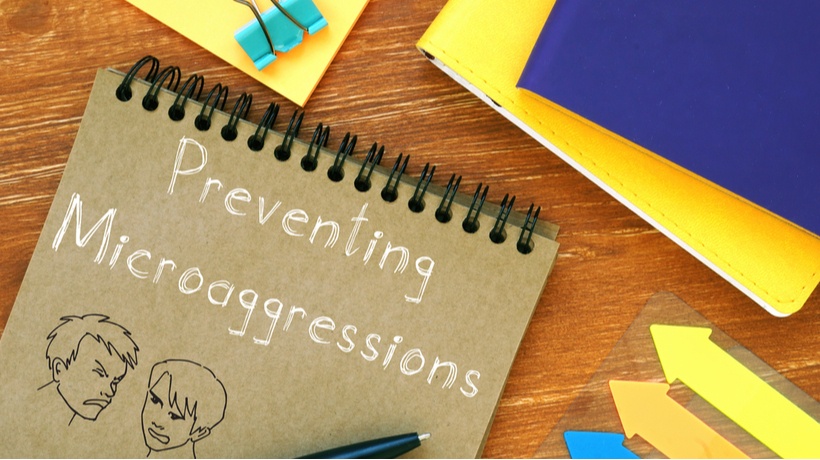
Microaggressions are those brief and commonplace daily verbal, behavioral, or environmental indignities, whether intentional or unintentional, that communicate hostile, derogatory, or negative prejudicial slights and insults toward any group. They are the subtle ways in which body and verbal language can create a hostile atmosphere or reveal unexamined prejudices. Lately, there’s been an awareness push to turn these microaggressions into what are referred to as ‘micro-inclusions’ – simple gestures or words that make people feel welcome and appreciated across differences.
The transformation from microaggression to micro-inclusion is an important one. Micro-inclusions are conscious actions that foster an environment of respect and belonging. They include thoughtful language choices, taking the time to listen to diverse perspectives, acknowledging cultural events from various backgrounds, and making space for all voices in a conversation or decision-making process.
Imagine a workplace where instead of ignoring contributions from certain team members, every effort is made to highlight diverse perspectives. Rather than having offhand comments about “you don’t act like your kind,” team members learn about each other’s backgrounds and respectfully inquire about cultural norms. Rather than using gendered language that may exclude some individuals, coworkers adopt more inclusive terms such as ‘team’ or ‘everyone.’
Micro-inclusions can also be seen in industry-specific terms. For example, in technology fields often dominated by men, mentorship programs can ensure women receive recognition for their contributions and have equal opportunities for leadership roles. In education settings, teachers can focus on including diverse historical perspectives in their curriculum.
Reframing microaggressions into micro-inclusions is not just about avoiding harm; it’s about actively doing good. It requires mindfulness about the differences among us and the conscious application of empathy. It goes beyond tolerance towards celebration of diversity – understanding that being different doesn’t mean less than; it means bringing unique views that can stimulate innovative thinking and synergy within groups.
Here are practical steps to turn microaggressions into micro-inclusions:
1. Increase Awareness: Learn what constitutes a microaggression and understand the impact they have.
2. Reflect on your own biases: We all have them; acknowledging personal prejudices is a step toward change.
3. Practice active listening: Show genuine interest in other people’s experiences and perspectives.
4. Use inclusive language: Be careful with pronouns and avoid generalizations about groups of people.
5. Amplify marginalized voices: Advocate for the ideas and leadership of underrepresented individuals in meetings and discussions.
6. Provide constructive feedback: When witnessing microaggressions, call them out respectfully and suggest alternatives.
7. Celebrate diversity: Encourage diverse cultural expressions in dress code, holidays, food offerings at events etc.
By embracing the philosophy of micro-inclusions, individuals have the power to foster a culture of inclusivity which not only benefits those who might otherwise feel marginalized but also enriches the social fabric of communities as a whole. Micro-inclusions are small steps with major impact—they are evidence that great change often begins with simple acts of kindness and recognition.
